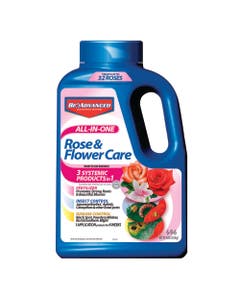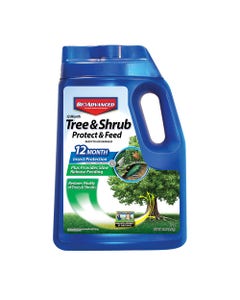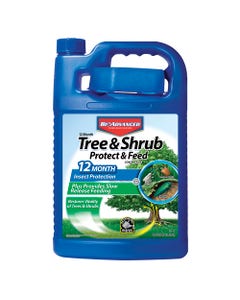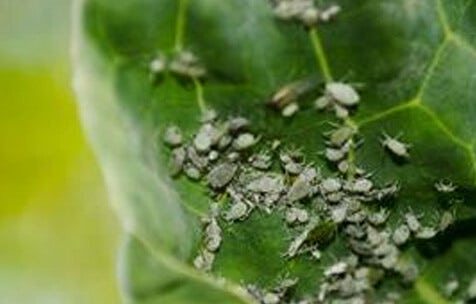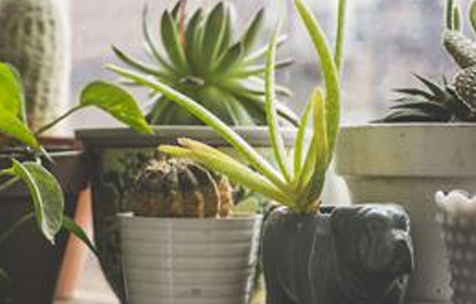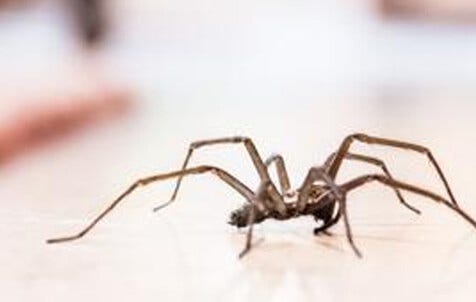

- Home
- Solution Center
- Learn
- Outdoor Pests
- Fall Strategies for Spring Insect Control
Fall Strategies for Spring Insect Control
Take steps this fall to prevent insect infestations on trees and shrubs next spring. By using a systemic insecticide, you can arm plants with ongoing protection against insects up to 12 months. If your trees and shrubs were home to Aphids, Caterpillars (including Webworms and Tent Caterpillars), Adelgids, Borers, Leafminers, Scale or other pests in the past growing season, applying a systemic insecticide in fall can prevent problems next year.
How a systemic insecticide works
When you apply a systemic insecticide to the soil, roots take it up, and the plant's internal transport system distributes it to every single leaf and twig. As a result, systemic insecticides actually protect plants from the inside out. Using systemics allows you to treat tall trees –at a fraction of the price of hiring a professional pest control company to spray foliage.
When insects feed on the treated plant (leaves or wood the pests eventually die. You may still see insects on a treated plant, and you may even see some damage. Using a systemic insecticide doesn't keep insects from touching a plant, but it does kill them as they feed. Once a systemic insecticide is in the plant it protects against future attacks.
Once a systemic is applied to soil, different factors influence how quickly it will move throughout the plant. In ideal conditions, expect the insecticide to be distributed in 7-14 days and up to one month for larger trees.
How to get great results with systemics
A systemic insecticide may have a dry granule form that you sprinkle on soil and water in, or it may be a liquid that you mix with water and pour onto soil. With either type, you'll get best results if you apply when shrubs and trees are:
- Actively growing–When plants are actively growing, their roots take up water and nutrients from soil and will also take up the insecticide better. When treating plants in fall, time applications for early in the season, while leaves are still present on plants. In colder regions, apply systemic insecticides in very early fall. In warmer zones, wait until mid-fall or even later, depending on when or if trees become dormant for winter.
- Healthy–When plants are healthy, roots are more actively taking up water and nutrients from soil and will also take up the insecticide better. If a tree or shrub is stressed and missing many of its leaves through pest or disease attacks or due to drought, it likely won't take up the insecticide as effectively –and control results could be weakened.
Soil and weather conditions also influence application. You'll get best results with systemic treatments if:
- Soil isn't saturated–Plant roots won't take up water if soil is already saturated when you make the application.
- Soil isn't overly dry–If drought has plagued plants prior to application, it's a good idea to water the night before the application. This prepares roots to take up the insecticide.
- Sunny, warm days follow–When days are warm and sunny, trees and shrubs lose water through their leaves, which means their roots take up more water (plus insecticide).
- Soil isn't frozen–Making applications too late in the season, after soil freezes, is a waste of time and money. Water (and insecticide) can't move through frozen soil.
Other steps to protect plants
Other simple autumn strategies that help to eradicate pests from shrubs and trees include:
- Cleaning up plant debris, such as fallen leaves or fruits. Destroy any materials that come from trees or shrubs that are already diseased or infested. Healthy materials can go into your compost pile.
- Make sure trees and shrubs are well-watered going into winter. If fall rains are scarce, water landscape plantings during autumn. If a winter thaw occurs and the ground isn't frozen, water plants again.



